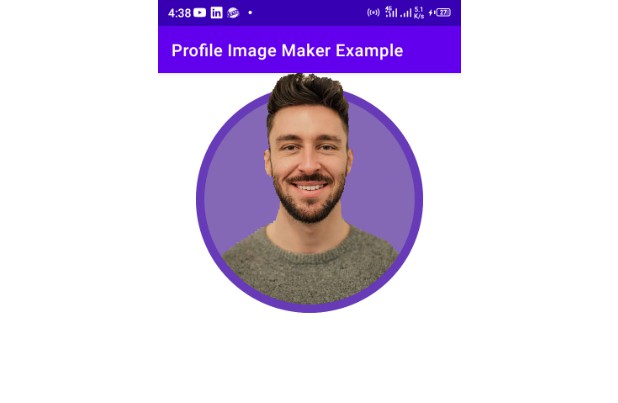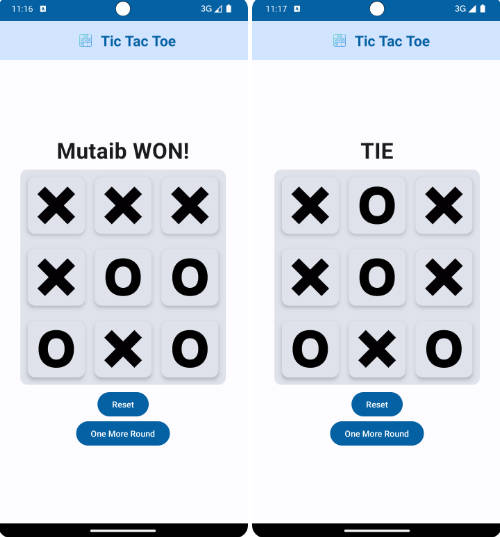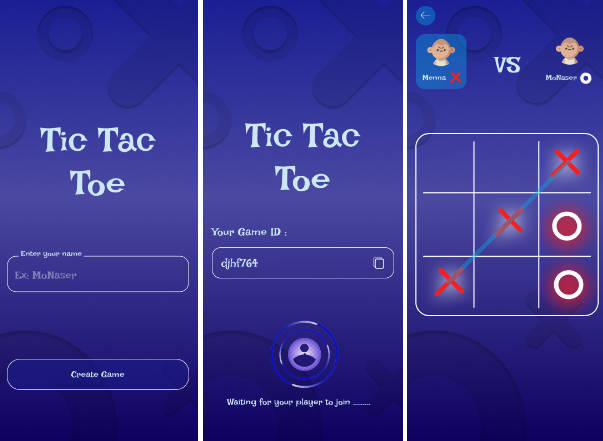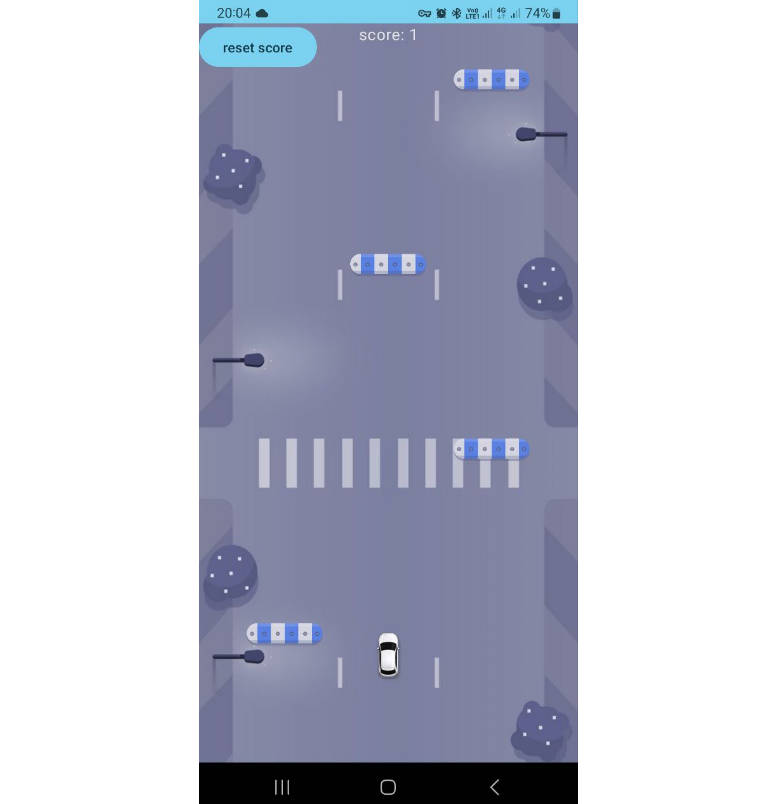Spelling Bee
A Spelling Bee Game for Android that is similar to that of New York Times’ spelling bee game.
⚠️Noteworthy
This application is an adaptation of Buzz and most of the ui/design is from that project.
Reason
This application was inspired by two things: my love for challenging things and my love for playing word games. The former reason was particularly sparked by Jorge Castillo tweet, and I though what was the worst that could happen if I built an application using vanilla libraries: plain old Android sdk apis? Your guess is as good as mine ?
I have tried to keep code-base as simple and understandable as possible (simple is relative I know ?) but I figure the code-base is pretty understandable.
A couple of warnings before you decide to deep-dive into whatever I have written: the techniques used here use bare-metal
apis such as Handlers, Loopers,Count-down Latch among other stuff, but if you are like me, this wouldn’t deter you from looking at the code-base ?
Lastly, if you want to test the application out before looking at the code, please look at , Download the .apk and enjoy playing one of my favorite games.
Architecture
-
The application’s architecture is somewhat similar to MVVM, and inspired by CashApp’s Molecule library, in that instead of using AAC ViewModel it uses presenter like composable functions to present state to ui-composables. The main reason for opting to use composable functions instead of AAC ViewModel is because the presenter-like composable functions will respect the lifecycle of the ui-composables. One common mis-conception I have seen is developers assuming composables’ lifecycle respect/follow Activity’s and other android-components (such as AAC ViewModek) lifecycles, and of cos they don’t. Notably, you can make your AAC ViewModel’s respect your ui-composables lifecycle by scoping the former lifecycle to the latter but that would be against the mantra of this project which is:Keeping things as simple as possible and using the tools given to you without including 3rd party ones
-
Handling of events was particularly tricky because the data-structures used to convey/broadcast events to the ui-composable require some special thought. In particular, you can use
ChannelsandSharedFlowto broadcast events but both have their cons and pros which need to be taken into consideration when designing your application. In this application, a trade-off was made andSharedFlowwas used as an event-bus to broadcast events from the presenter-like composables to ui-composables. -
Dependency Injection employed in the project is manual but inspired by Dagger
Screenshots
 |
 |
Running the Project
To run the project you only require to clone the project and build it using Android-Studio and your favorite build tool (gradle)
License
All the code available under the MIT license.







